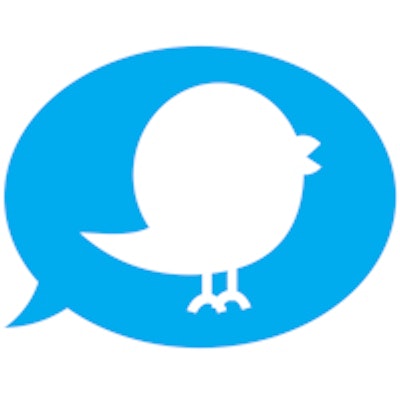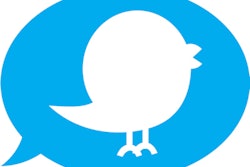
An Australian researcher has found a novel way to investigate how patients respond to MRI scans: Read their tweets. A review of nearly 500 patient tweets found messages ranging from the humorous to the inspirational, and even led to the discovery of a new phenomenon: the "MRI selfie."
Twitter offers a viable platform for investigating the patient experience in the medical radiation sciences, according to Johnathan Hewis of Charles Sturt University in Port Macquarie, Australia. To prove his point, Hewis analyzed tweets that included MRI-related keywords during the month of May 2015, according to an article published October 28 in the Journal of Medical Imaging and Radiation Sciences.
He discovered that many tweets fell into several broad themes, some of which could be used to gain insight into patient anxiety and negative scan experiences. This information could then be used to implement specific steps to improve the patient experience.
2 exploding technologies
While the use of MRI has grown explosively over the past 20 years, an MRI scan can be a difficult experience for many patients. It's loud and claustrophobic inside the scanner bore, and some patients are unable to complete their exams.
Twitter is another technology whose use has exploded, albeit over a much more recent time period. In 2014, one estimate claimed that 19% of the entire adult population of the U.S. used Twitter, with 90% of them accessing the application through their mobile devices, Hewis noted.
While some health researchers have begun to look into Twitter's potential for analyzing various trends, such as predicting flu pandemics, little has been done in the medical radiation sciences, according to Hewis. So he decided to analyze a month's worth of tweets to see what patients were saying about their MRI experiences.
Using Twitter's native search engine, Hewis analyzed tweets containing the words "MRI" or "magnetic resonance imaging." Tweets were excluded if they were not in English, if they were not sent by a patient, or if they did not pertain to a specific, recent experience with MRI.
After the exclusion criteria were applied, Hewis was left with 464 tweets for the month. He then performed a qualitative content analysis of individual tweets, grouping into three broad areas (16 tweets were coded into multiple categories):
- Being scheduled for an MRI exam as a milestone in the patient journey -- 94 tweets
- The MRI exam patient experience -- 208 tweets
- The relationship between MRI as a diagnostic tool and patient expectation and/or perception -- 178 tweets
Hewis further analyzed tweets within each group to find common themes.
Being scheduled
Tweets in this area focused on getting an MRI appointment scheduled, which many patients appeared to consider an important event. These tweets often included an update on the patient's health (36 tweets), along with a description of the underlying symptoms that prompted the exam. Many of these tweets asked for prayers or support (26 tweets), while a smaller number mentioned economic considerations (14 tweets).
The MRI patient experience
The most common theme in this category was the challenge of keeping still in the magnet (62 tweets), while tweets on sleeping in the magnet and the sound of the exam also fell into this group. Another common theme was anxiety before the exam (46 tweets), while claustrophobia was mentioned in 20 tweets and exam preparation in 19 tweets.
Within the theme of keeping still and the sound of the exam, music was an "emotive topic," according to the study. Some patients were frustrated at their inability to control the music playing during the scan, although one tweeted that a particularly lively song made it more difficult to keep still during the scan.
MRI as a diagnostic tool
In this category, there were 117 tweets on the outcome of the exam and 60 tweets on patient anticipation, while one tweet provided advice. Tweets on positive outcomes often included messages of celebration or thanks, with many assuming that symptoms would recede due to the normal MRI result, Hewis wrote.
Hewis noted that the length of the MRI procedure and its associated waiting period prompted many patients to take to their smartphone cameras to document their experiences. Most photographs were taken during the waiting period before the exam, with 15 patients tweeting "MRI selfies" taken inside the changing cubicle while posing in their MRI gown and/or scrubs.
Hewis concluded by noting that the analysis of tweets provided a "novel and alternative insight into patient experience from referral to results." Regarding MRI anxiety, the findings indicate that patient fear and anticipation occur over an extended period, and the focus can change along with the patient's location along the MRI journey.
As a lack of control was frequently cited as a frustration, MRI centers could give patients control over their choice of music, Hewis advised. Fewer patients had problems with claustrophobia than in previous studies; the discrepancy could be due to these patients not being frequent Twitter users, he noted.
On a higher level, the findings indicate that Twitter can be a valid platform for gaining insight into the patient experience, Hewis said.
"This study demonstrates the potential use of Twitter as a viable platform to conduct research into patient experience within the medical radiation sciences," he concluded.




















